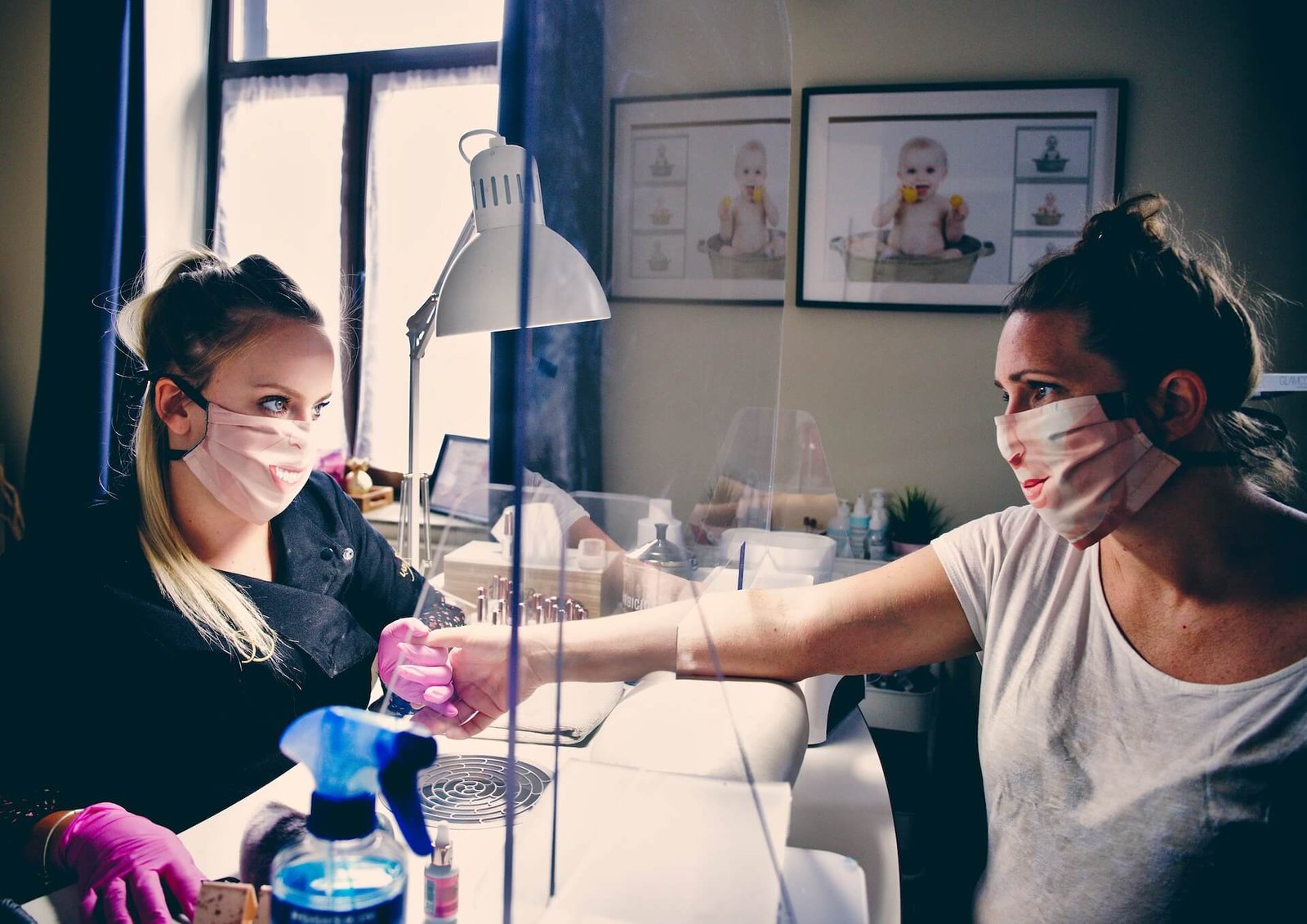Protective clothing and equipment are essential in various industries and settings to safeguard individuals from hazardous materials, substances, or environments. The specific types of protective clothing and equipment manufactured by protective safety clothing manufacturers used can vary depending on the nature of the hazard. Here are some common types:
- Respiratory Protection:
- Masks and Respirators: N95 respirators, half-face respirators, full-face respirators, and self-contained breathing apparatus (SCBA) protect against airborne contaminants, gases, and chemicals.
- Dust Masks: Protect against particulate matter in the air.
- Eye and Face Protection:
- Safety Glasses: Protect against impact, flying debris, and chemical splashes.
- Face Shields: Provide full face protection against chemical splashes, grinding sparks, and other hazards.
- Goggles: Seal tightly to the face and protect against chemical splashes and airborne particles.
- Head Protection:
- Hard Hats: Protect the head from falling objects and impacts, commonly used in construction and industrial settings.
- Hearing Protection:
- Earplugs: Reduce exposure to loud noises in industrial and construction settings.
- Earmuffs: Provide noise reduction and are commonly used in manufacturing and heavy machinery operations.
- Hand and Arm Protection:
- Gloves: Different types are available for protection against chemicals, cuts, abrasions, heat, and cold.
- Sleeves: Used to protect arms from cuts, burns, or chemical exposure.
- Body Protection:
- Chemical Suits: Impermeable suits designed to protect against chemical exposure.
- Aprons and Lab Coats: Used in laboratories and industrial settings to protect clothing from chemical spills.
- Heat-Resistant Clothing: Protects against high temperatures and flames.
- Foot and Leg Protection:
- Steel-Toed Boots: Provide protection against falling objects and compression hazards.
- Chemical-Resistant Boots: Designed to protect against chemical spills and splashes.
- Leg Guards: Used in welding and other applications to protect against sparks and heat.
- Full-Body Protection:
- Hazmat Suits: Provide full-body protection against hazardous materials and chemicals.
- Radiation Suits: Protect against ionizing radiation in medical and nuclear industries.
- Fall Protection:
- Safety Harnesses: Prevent falls from heights and are commonly used in construction and maintenance work.
- Lifelines and Lanyards: Secure workers working at heights.
- High-Visibility Clothing:
- Reflective Vests and Clothing: Enhance visibility for workers in low-light conditions, such as construction sites and roadwork.
- Electric Arc Flash Protection:
- Arc Flash Suits and Gear: Protect against electrical arc flashes and explosions.
- Biological Hazard Protection:
- Biohazard Suits: Designed to protect against biological contaminants and infectious agents.
- Cold Weather Protection:
- Insulated Clothing: Protect against cold temperatures and wind chill, commonly used in outdoor work in cold climates.
It’s essential to select the right type of protective clothing manufacturers and safety clothing manufacturers based on the specific hazards present in the workplace or environment. Proper training and maintenance of this equipment are also crucial to ensure its effectiveness in protecting individuals from harm.




